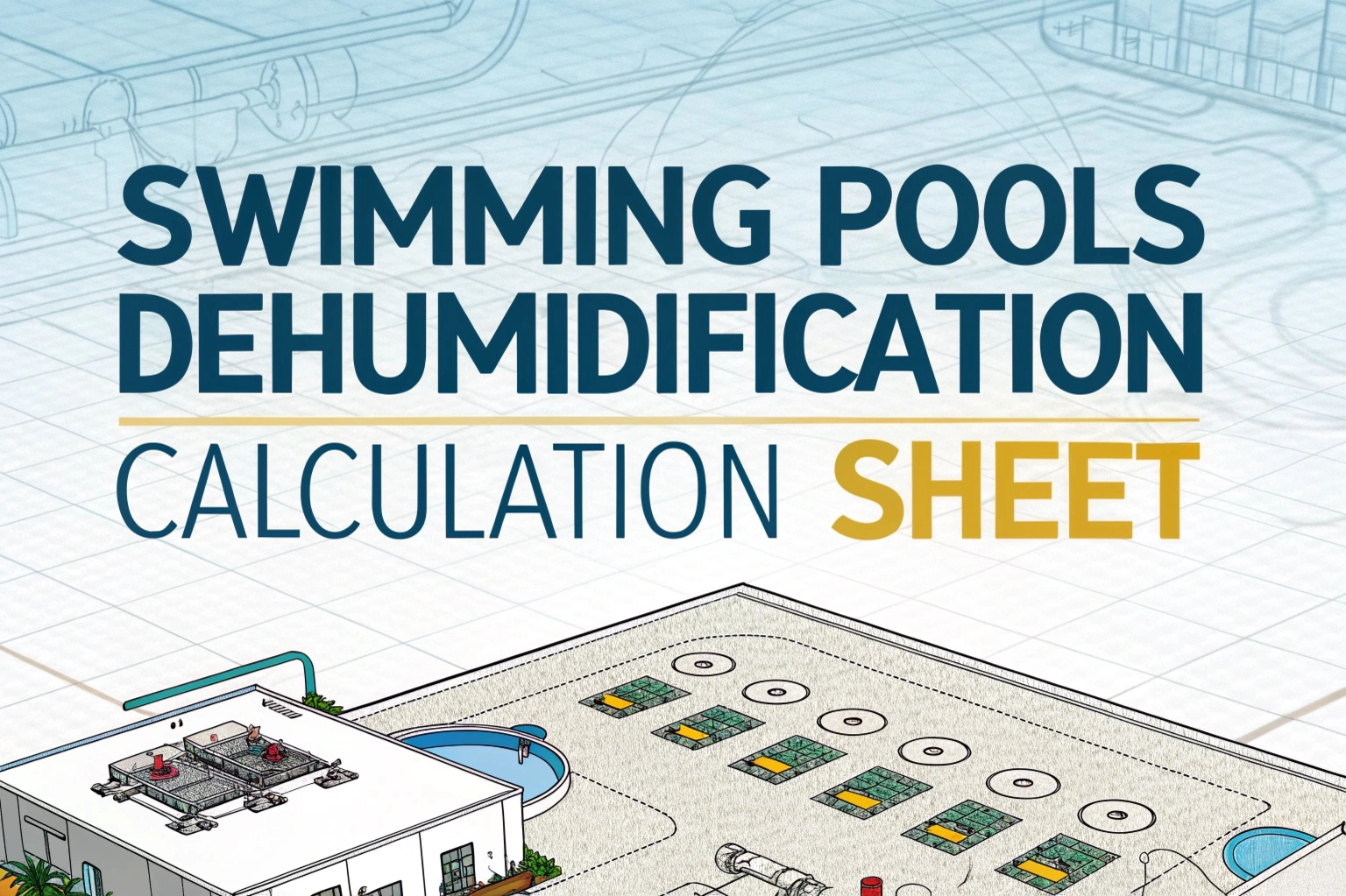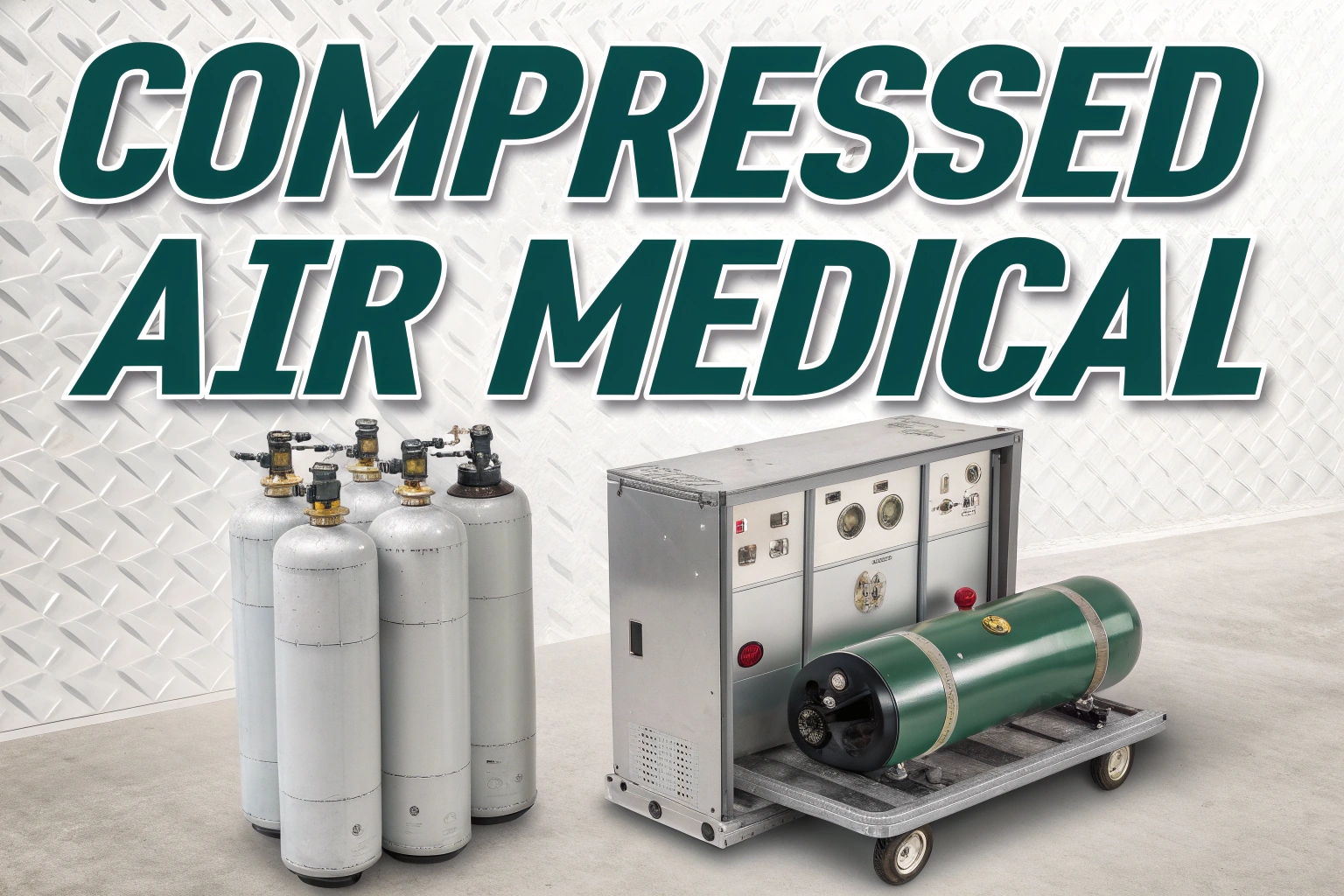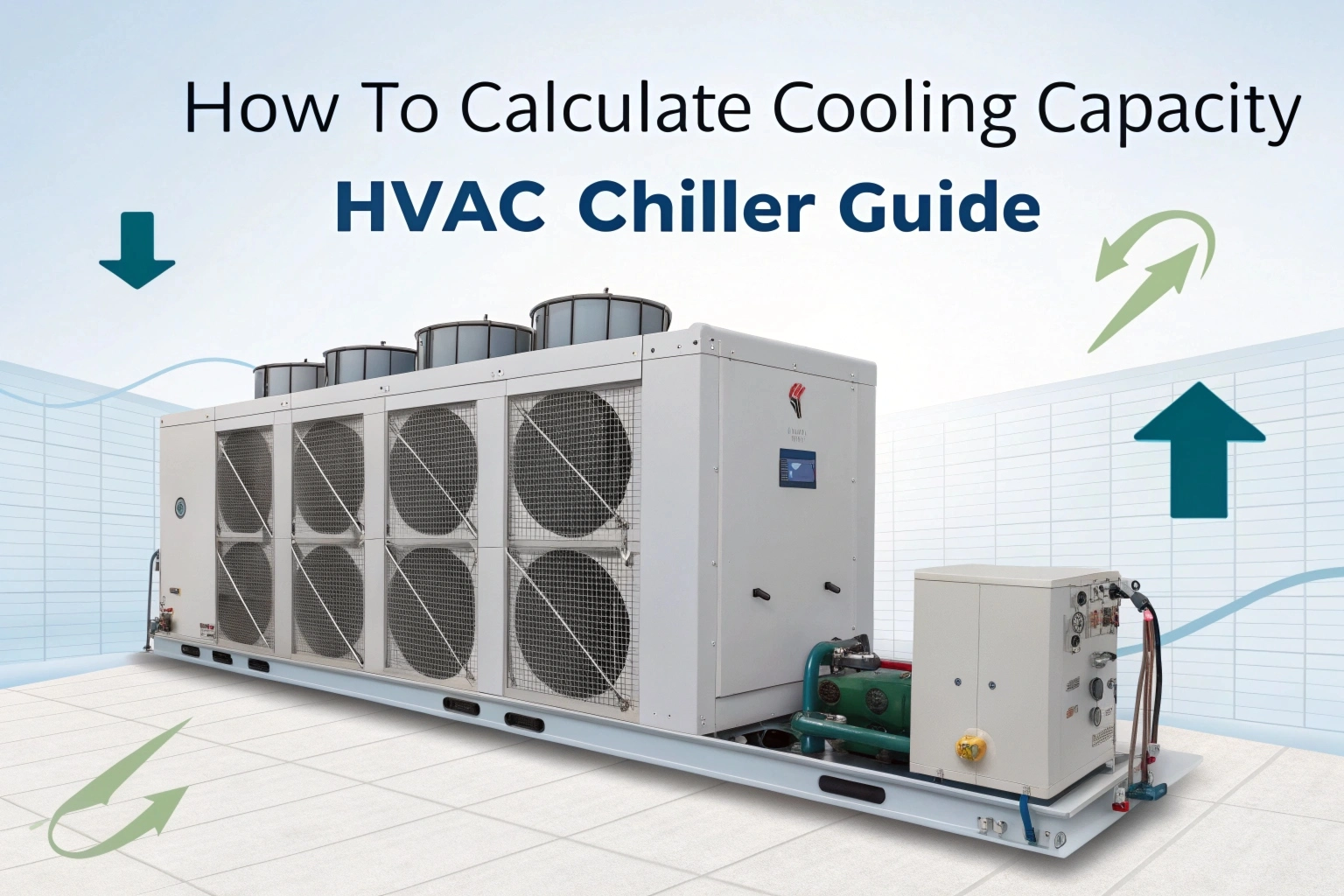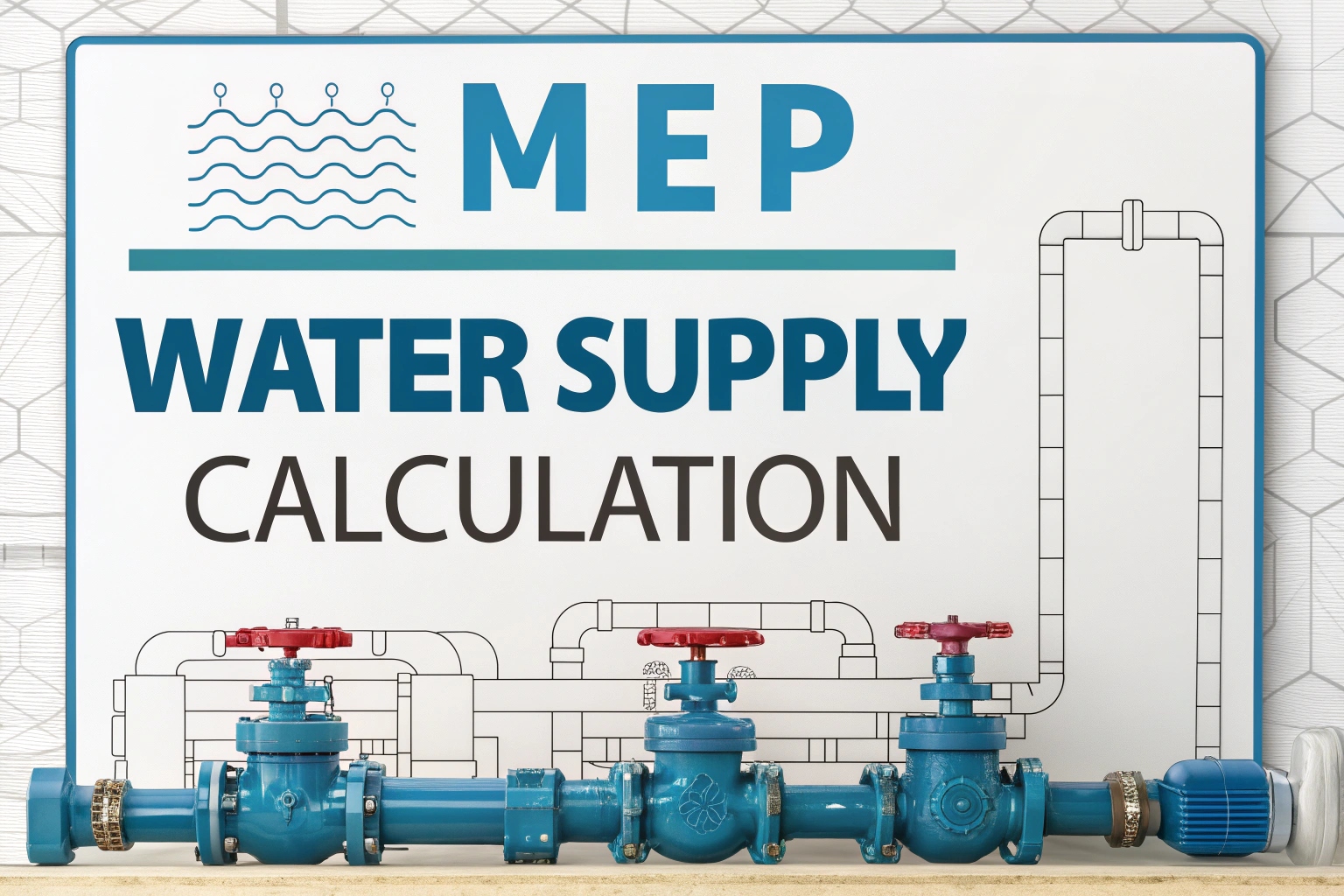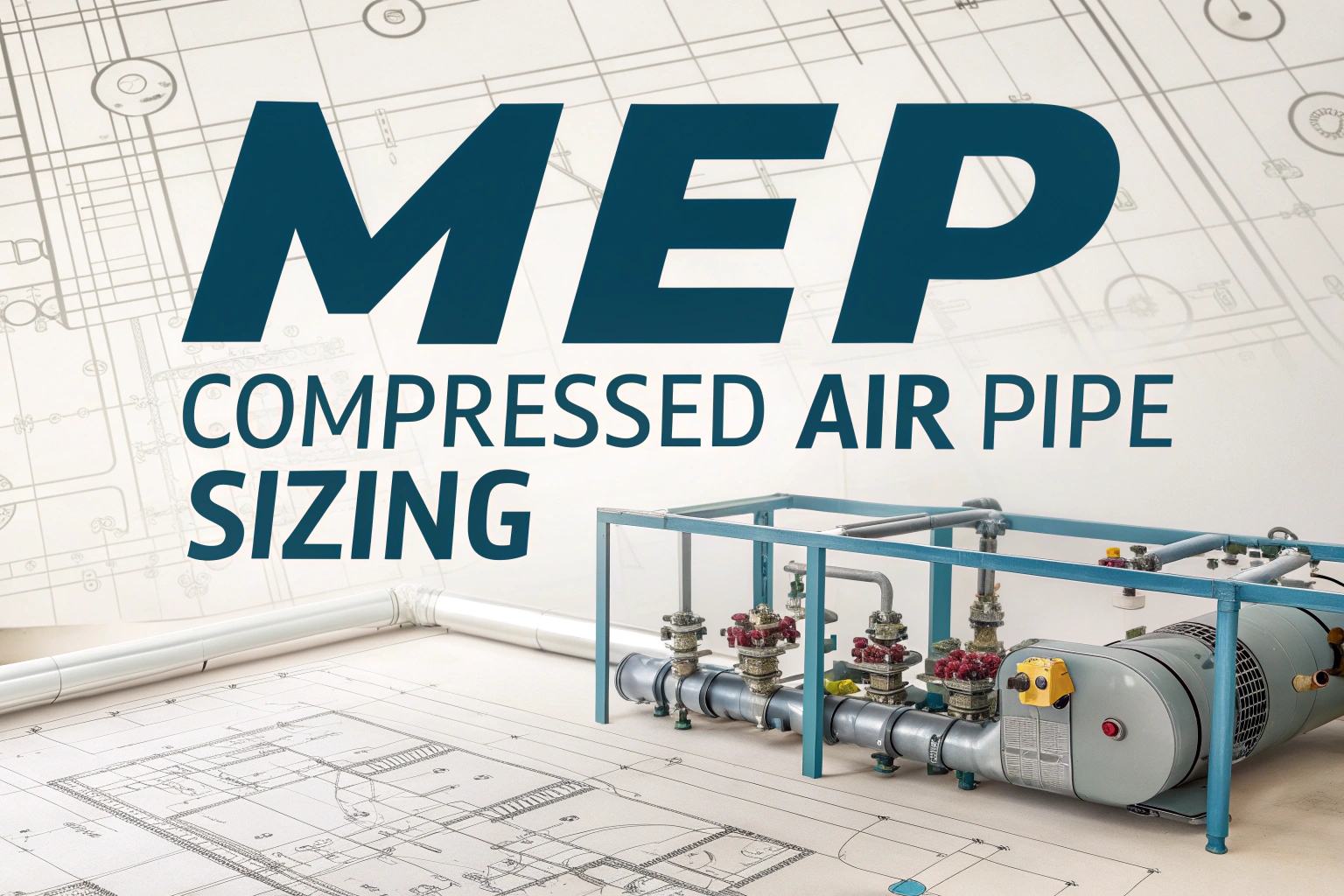Swimming Pool Dehumidification : Indoor swimming pools is technique which is used to by peoples to swim inside they creates a lot of humidity and moisture its very hard to control it they need special system to control it or else it will damage every thing like steel and walls and it will create mold every where its very bad thing so they use dehumidification system to keep air comfortable like 28 degree and 60 present humidity its very important to save energy and building from damage
Moisture Loads in Indoor Pools
- Evaporation from the Water Surface
The primary humidity source is pool water evaporation, driven by pool temperature, air movement, and air‑water temperature differential. Evaporation rate (kg/h) can be estimated by:E=k×A×(Pw−Pa) E = k \times A \times (P_{w} – P_{a})– E: evaporation (kg/h)
– k: mass transfer coefficient (dependent on air velocity)
– A: pool surface area (m²)
– Pₚ & Pₐ: saturation vapor pressures at pool and air temperatures (kPa) - Splash‑Out and Ventilation
Activity and water splashing is thing which add extra moist in air. Ventilation of outdoor air which is often needed for IAQ also bring some latent load depend on how much humid is outside air. - Infiltration and Exfiltration
Ventilation is technique which is used to bring outdoor air inside. it add extra moist in air because of activity and water splashing. outdoor air which is brought inside for IAQ also brings some latent load it depend on how much humid is outdoor air.
Key Components of a Pool Dehumidification System
- Heat Exchanger/Desiccant Wheel
• Refrigerant‑based units use evaporator coils to condense and remove moisture, then reheat the air via condenser coils.
• Desiccant dehumidifiers pass air over a rotating silica‑gel wheel, removing moisture chemically; reactivation of the wheel uses a hot‑gas or electric heater. - Air Handling Unit (AHU)
Integrates ventilation, filtration, heating, and cooling coils. Many manufacturers offer packaged “pool rooms” AHUs pre‑selected for pool environments. - Pool Water Heat Recovery
Waste heat from ac or cooler thing in pool room can be use to keep pool water warm this is technique which is used to save energy and make system work better. they obtains heat from condenser and chiller and use it to maintain pool water temp this is good way to improve system efficiency and save money. - Control Strategies
Humidity sensors, temperature probes, and outdoor‑air dampers coordinate to meet setpoints with minimal energy use. Demand‑controlled ventilation and variable‑speed drives further optimize performance.
Design Recommendations
- Set Design Conditions: 28 °C ±1 °C dry‑bulb; 55–65 % RH.
- Calculate Latent Load: Use pool evaporation formula and add ventilation moisture load.
- Calculate Sensible Load: Account for heat gains from lighting, occupants, equipment, and infiltration.
- Select Dehumidifier Capacity: Choose a unit rated to handle the peak moisture and heat loads with at least 10 % safety margin.
- Incorporate Heat Recovery: Recover condenser heat to pre‑heat pool water or air supply.
- Provide Outdoor Air: Ensure compliance with local IAQ codes—typically 0.25 – 0.5 ACH of fresh air.
- Drainage and Condensate Management: Sloped drip pans and insulated condensate lines prevent standing water and freeze damage.

